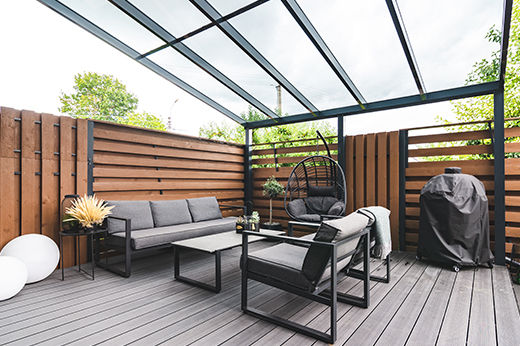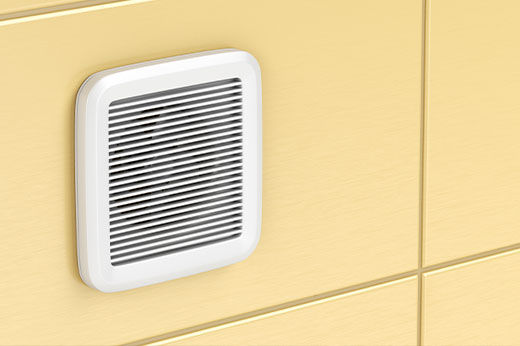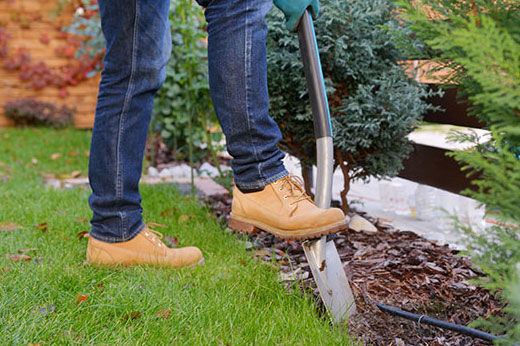How to Insulate Your Attic
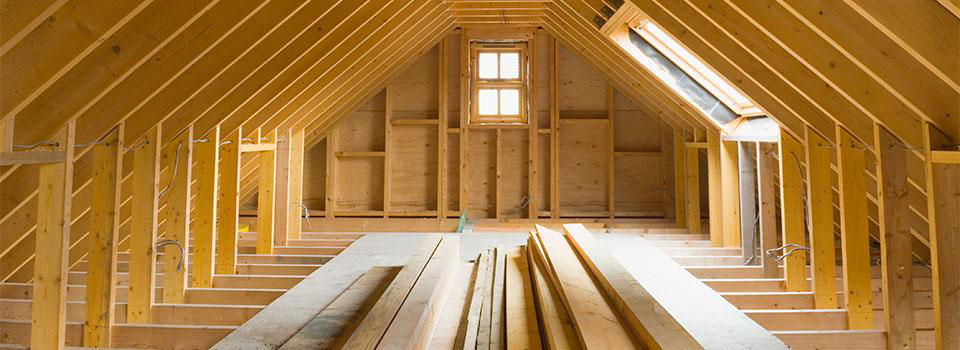
Insulating your home is one of the best ways both to reduce heating and cooling costs and increase your overall comfort. Your attic, in particular, is a powerful place to add extra insulation because it accumulates and loses a lot of heat, depending on the season.
Various studies on home energy efficiency show that anywhere from 50% to 85% of a home’s heat loss occurs through the attic and roof. If you’re ready to tackle this common DIY project, slip on some goggles and gloves and climb up to your attic. Read Steps for Installing an Attic Ladder.
What Makes the Attic so Important to Insulate?

Since heat rises in your home, it naturally accumulates in your attic in the winter. If there’s an insufficient amount of insulation on top of the attic’s floor, heating is conducted through the ceiling and then out through the roof.
Insulating the attic floor or the inner surface of the roof — or both — ensures that heat can’t escape. Consequently, this also improves the cooling effect in your home by reducing how much heat moves into your home from the attic during summer months.
How Can You Pick the Right Insulation?

Consider the size of your attic access door or hatch when picking an insulation material.
- Rigid foam boards are easy to cut and fit between joists, but they may not fit through the opening to the attic in one piece.
- Loose cellulose and fiberglass batts are both easy to carry anywhere and apply in tight spaces.
- Loose insulation is harder for homeowners to install on their own, followed only by spray foam installation in difficulty.
Consider your space and existing DIY skills, as well as the time it takes to cut pieces of the material to fit when narrowing down your options.
What Keeps the Insulation From Blocking the Soffit Vents?
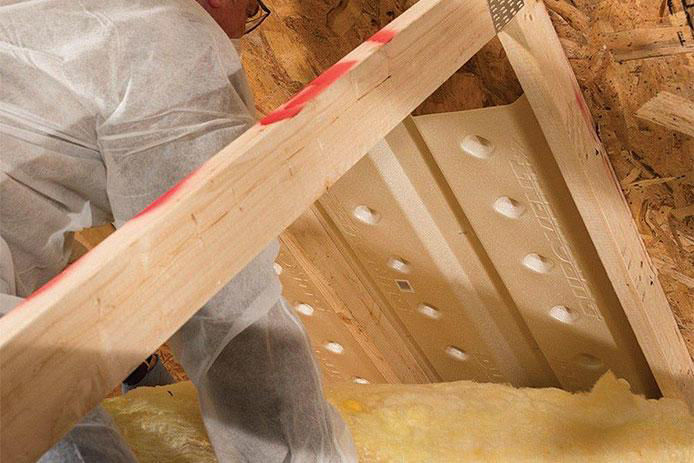
If you choose loose insulation or fiberglass batts because of the quick installation process, you’ll need to watch for covering vents and other openings around the edges of the attic. Soffit and ridge vents must stay uncovered to let air circulate through the attic space.
Use preformed foam or plastic soffit vent excluders to hold insulation spread across the floor of the attic away from the edges. For the ridge vent, simply apply insulation material below its opening to ensure there’s no blockage.
Should You Insulate the Floor of the Attic or the Inside of the Roof?
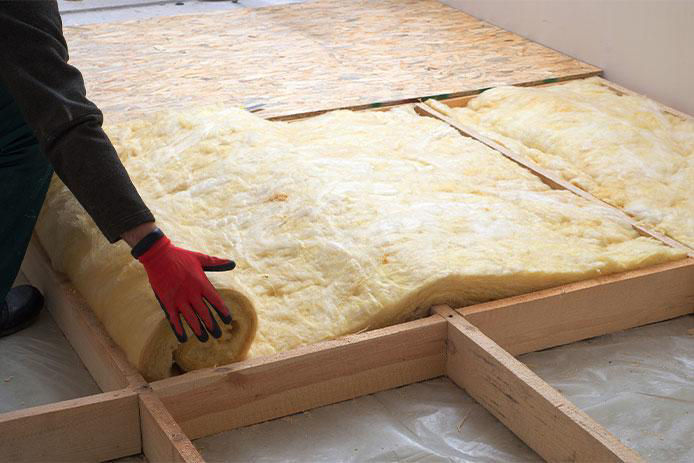
The floor of the attic is the most important place to insulate first. If this surface isn’t insulated, you’ll lose a lot of heat into the attic space every winter. When this space becomes heated, you’re at a much higher risk for roof leaks since the warmth melts any snow or ice on the roof.
If you’ve insulated the attic floor and want more control over the temperature, add on spray or batt insulation along the inside of the roof. This insulation is harder to apply and may require a ladder if your roof has a high pitch. You may want to tackle the attic floor installation yourself and leave the interior of the roof to a professional crew.
Can Homeowners Handle Spray-in and Spray Foam Insulation Projects?

Loose insulation is often sold in bags that you can shake open over the attic floor to fill in gaps and spaces between joists. To get the material between wall cavities and into deeper crevices, you’ll need a blower.
Blowing cellulose around creates health risks, so it’s a little trickier for the DIY enthusiast. With the right face mask and some practice, however, you should be able to pick up the skills relatively quickly.
Spray foam is popular but a little beyond the skills of most homeowners. Unless you have experience with the equipment and material, you should probably leave this material to the pros.
However, you can still use expanding foam gap fillers to get tight seals around pipes, vents, and window boxes in the attic so drafts don’t interrupt your plans.
Should You Remove Existing Insulation First?
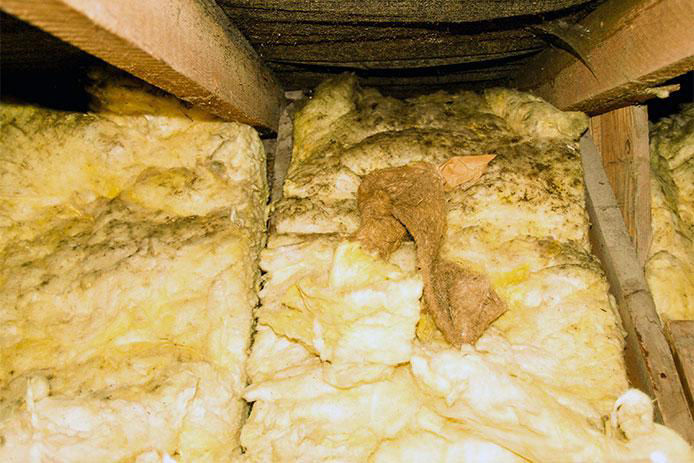
If the insulation isn’t wet or moldy, it’s likely safe to leave in place and cover over. Mineral batting should stay in place whenever necessary since it’s hazardous to remove.
Pay close attention to places where any existing insulation is missing or crushed. Fill these gaps first, or else they’ll continue to transmit heat if simply covered over with a new layer.
With these tips, insulating your attic should go smoothly, and you should see immediate results on your monthly heating and cooling bills.
While do-it-yourself projects can be fun and fulfilling, there is always a potential for personal injury or property damage. We strongly suggest that any project beyond your abilities be left to licensed professionals such as electricians, plumbers, and carpenters. Any action you take upon the information on this website is strictly at your own risk, and we assume no responsibility or liability for the contents of this article.

